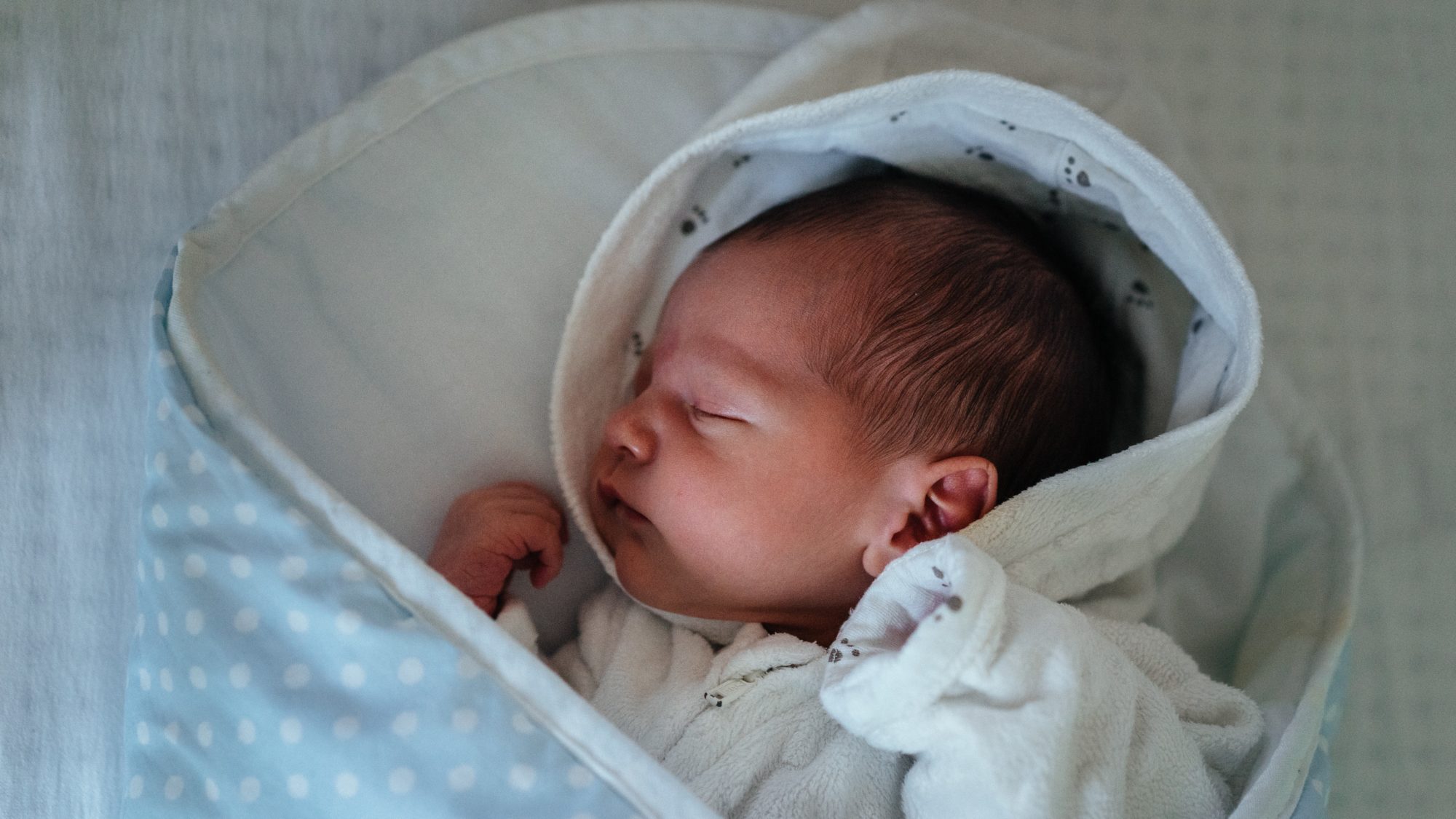Text Sarah Schoch
In December 2020 we published a new article in the scientific journal Sensors.
In this article, we researched which aspects are central to infant sleep. We used 48 sleep variables that have previously been reported in scientific studies (for example, Number of Naps). With a so-called principal component analysis, we found 5 sleep composites, which included most (33 out of 48) variables. We capture the composites with the following umbrella terms:
- Sleep Activity combines 10 variables regarding nighttime awakenings and motor activity
- Sleep Timing combines 5 variables regarding bed/get up and sleep times
- Sleep Night combines 3 variable regarding sleep duration and time spent in bed at night
- Sleep Day combines 7 variables regarding frequency, duration, and regularity of naps
- Sleep Variability combines 8 variables regarding the variability of sleep duration and bedtimes across all assessment days
These composites allow us to capture the maturation of baby sleep objectively. Additionally, they are useful to make future studies more comparable with each other, which is essential for the quality of research.
We were able to show that infant sleep is not only very variable between infants but also that each baby undergoes different transitional stages across development. For example, a baby may wake up a lot at 3 months of age compared to all the other babies, but then from 6 months on, the babies continuously sleep through the night. The only sleep composite that was very stable across the first year of life is Sleep Timing. Babies that go to bed early at 3 months also tend to be early sleepers at 12 months. We think that this is mainly explained by parental preference as parental bedtimes are associated with infant bedtimes. It is, however, possible that the infants themselves already display certain preferences.
Additionally, we were able to show that there is a difference in Sleep Activity between boys and girls. Boys show more Sleep Activity, meaning they wake up more and move more during sleep. This is interesting because previously, this has been shown in adolescents and adults, but the findings in infancy have been inconclusive.
Our results are an important foundation for the clinical application, for example, when parents seek help due to their child’s persistent sleep problems. It can be reassuring to know that sleep is also highly variable in healthy infants. A baby who might wake up a lot at the moment will most likely sleep better again soon.
Quellen
Originalartikel: Which are the Central Aspects of Infant Sleep? The Dynamics of Sleep Composites across Infancy. Sarah Schoch, Reto Huber, Malcolm Kohler, Salome Kurth,
Sensors 2020, 20(24), 7188; https://doi.org/10.3390/s20247188
Bild von Marcin Jozwiak auf Unsplash

